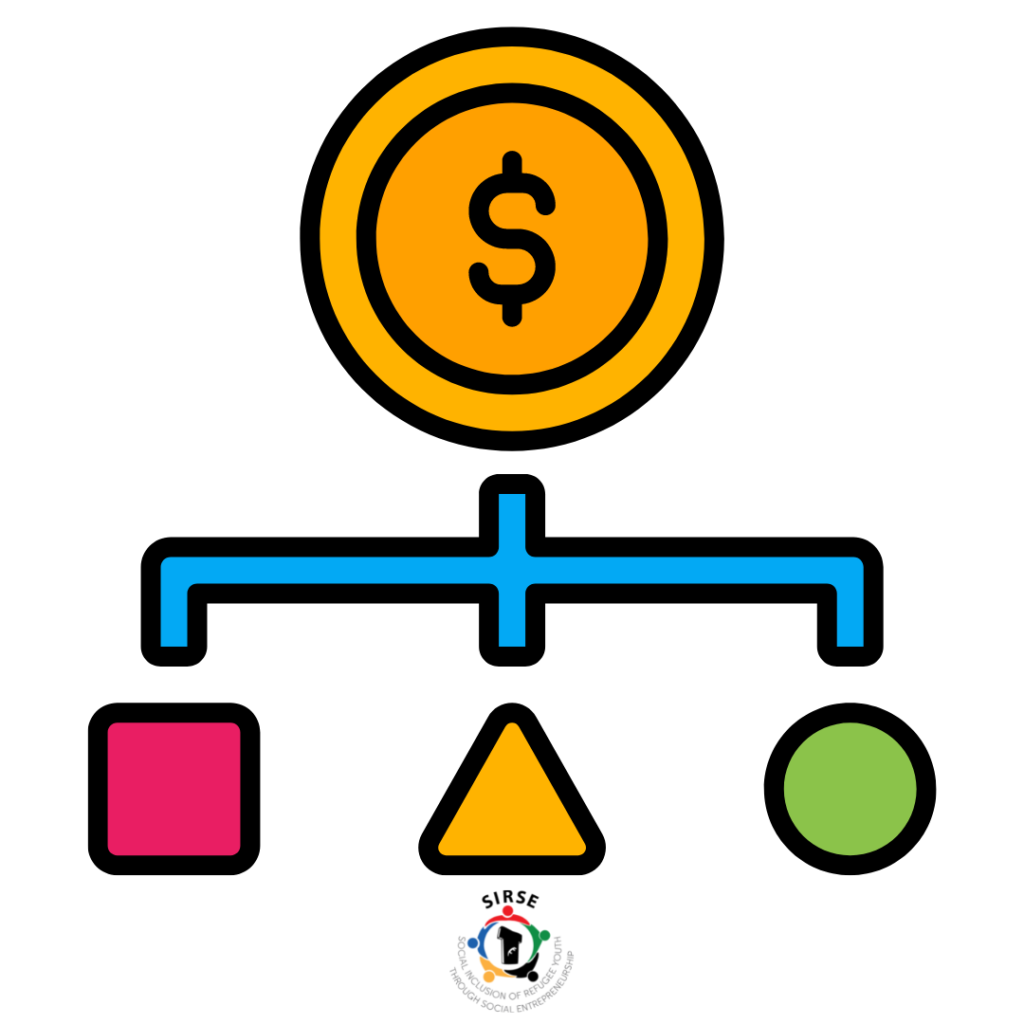The cost structure in a social enterprise covers both commercial activity costs and impact delivery costs. Depending on the enterprise, the social impact dimension sometimes can cost more than the commercial part.
Impact Costs: This category includes costs that are related to supporting staff for the people working in the enterprise (who usually belong to vulnerable social groups) and need more time to be adapted.
Work preparation costs: In this category are included costs regarding licenses, uniforms, special equipment for disadvantaged workers)
Provision costs: These costs are in case of something extra is needed such as extra leaves because of health issues.
Impact training: In this category are included costs for training staff to support workers and generally all the activities that are dedicated to the social mission of the enterprise.
Opportunity costs: Here are the estimated costs for training new staff, for reduced productivity because of the difficulties that employees may face because they belong in vulnerable social groups.
Funding costs: In this category, belong costs which are related to the possible expenses which will be needed for attracting sponsors via events or social media campaigns.
Impact assessment costs: These costs are needed for measuring the social impact of the enterprise which will help in attracting effectively sponsors and present the outcomes of the enterprise in public.
Ethics costs: These costs have a more intangible aspect and moral dimension such as premiums for fair trade goods.
Some questions that need to be answered about cost structure in a social enterprise are the following:
Is the impact we are trying to achieve close to reality?
What kind of activities do we plan to implement in order to reach the impact goal?
How do the scheduled social impact activities cost?
If the available financial resources are not sufficient, what should we do to increase our income?
Which Key Resources are most expensive?
Which Key Activities are most expensive?
